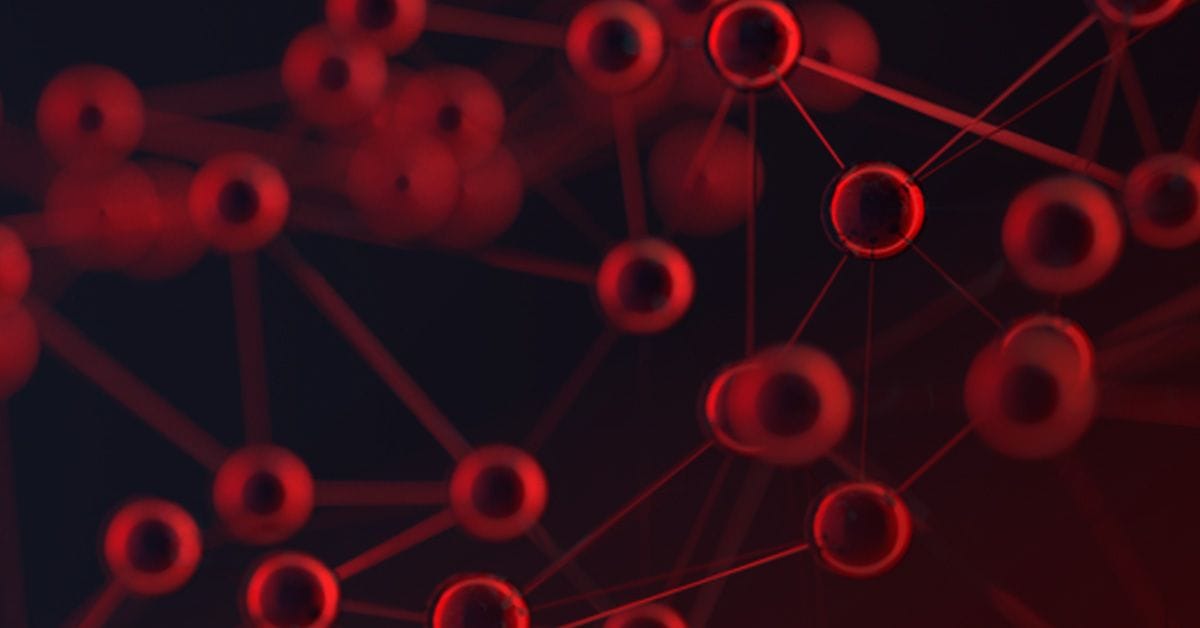This Virtual Special Issue will highlight recent progress in using theory and computation to understand the elementary events in molecular optoelectronic materials and various types of hybrid materials. Submit your manuscript by April 1, 2024.

The Journal of Chemical Theory and Computation is opening submissions for a Virtual Special Issue on "First-Principles Simulations of Molecular Optoelectronic Materials: Elementary Excitations and Spatio-Temporal Dynamics."
The targeted development of next-generation optoelectronic materials requires a detailed molecular-level understanding of the elementary energy and charge conversion steps in these materials. Ultrafast time-resolved spectroscopies and novel dynamic microscopy techniques play a key role in unraveling these mechanisms, highlighting quantum coherent effects.
At the same time, state-of-the-art computational approaches have brought substantial progress over the past decade. Computational approaches are based on a broad portfolio of methods ranging from excited-state electronic structure methods to quantum-classical electron-nuclear dynamics and vibronic wave packet dynamics combined with lattice Hamiltonians. Among the major challenges are dense manifolds of electronic states, the delocalized nature of the excitations, strong vibronic coupling, and the effects of molecular morphology along with static and dynamic disorder.
This Virtual Special Issue aims to highlight recent progress in using theory and computation to understand the elementary events in molecular optoelectronic materials and various types of hybrid materials. We invite Articles, Letters, Perspectives, and Review submissions on the following topics:
- Characterization of the elementary excitations (i.e., excitons)
- Exciton transport
- Charge separation at donor-acceptor interfaces
- Singlet fission and multi-exciton states
- Vibronic interactions
- Non-adiabatic dynamics simulations of excitonic processes
- Coherent transfer mechanisms
- Computation of transient photocurrents
- Simulations pertaining to ultrafast optical, X-ray, and terahertz spectroscopies
- Simulations pertaining to novel time-resolved microscopy techniques
- Exciton-photon interactions
- Emergence of new quasi-particle states
Please note that approaches focusing on kinetic modeling over larger time and spatial scales are not the focus of this Virtual Special Issue.
Organizing Editor
Irene Burghardt, Associate Editor, Journal of Chemical Theory and Computation
Goethe University Frankfurt, Germany
Submission Instructions
Submissions will be peer-reviewed and, if accepted, will be published in a regular issue of the Journal of Chemical Theory and Computation. Once the Virtual Special Issue is complete, all articles will be publicized as a virtual collection, providing additional exposure for the work.
How to Submit
- Log in to the ACS Paragon Plus submission site.
- Choose the Journal of Chemical Theory and Computation as your journal.
- Select your manuscript type.
- Under the ‘Special Issue Selection’ menu, choose "First-Principles Simulations of Molecular Optoelectronic Materials: Elementary Excitations and Spatio-Temporal Dynamics."
Please see our Author Guidelines for more information on submission requirements. We look forward to your contributions. The deadline for submissions for this Virtual Special Issue is April 1, 2024.
